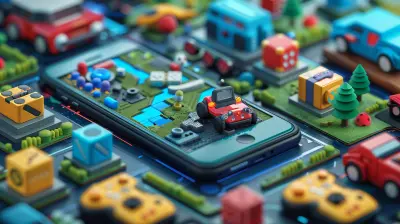How to Seamlessly Port Games Between Engines
24 May 2025
Porting games between engines sounds like a daunting task, doesn’t it? It might even feel like trying to translate a novel into an entirely different language—one that has its own quirks, rules, and syntax. But fear not! While it may seem overwhelming at first, with the right strategy, a bit of patience, and some elbow grease, you can move your game from one engine to another without pulling your hair out. Let’s break it down step by step so you can put your best foot forward.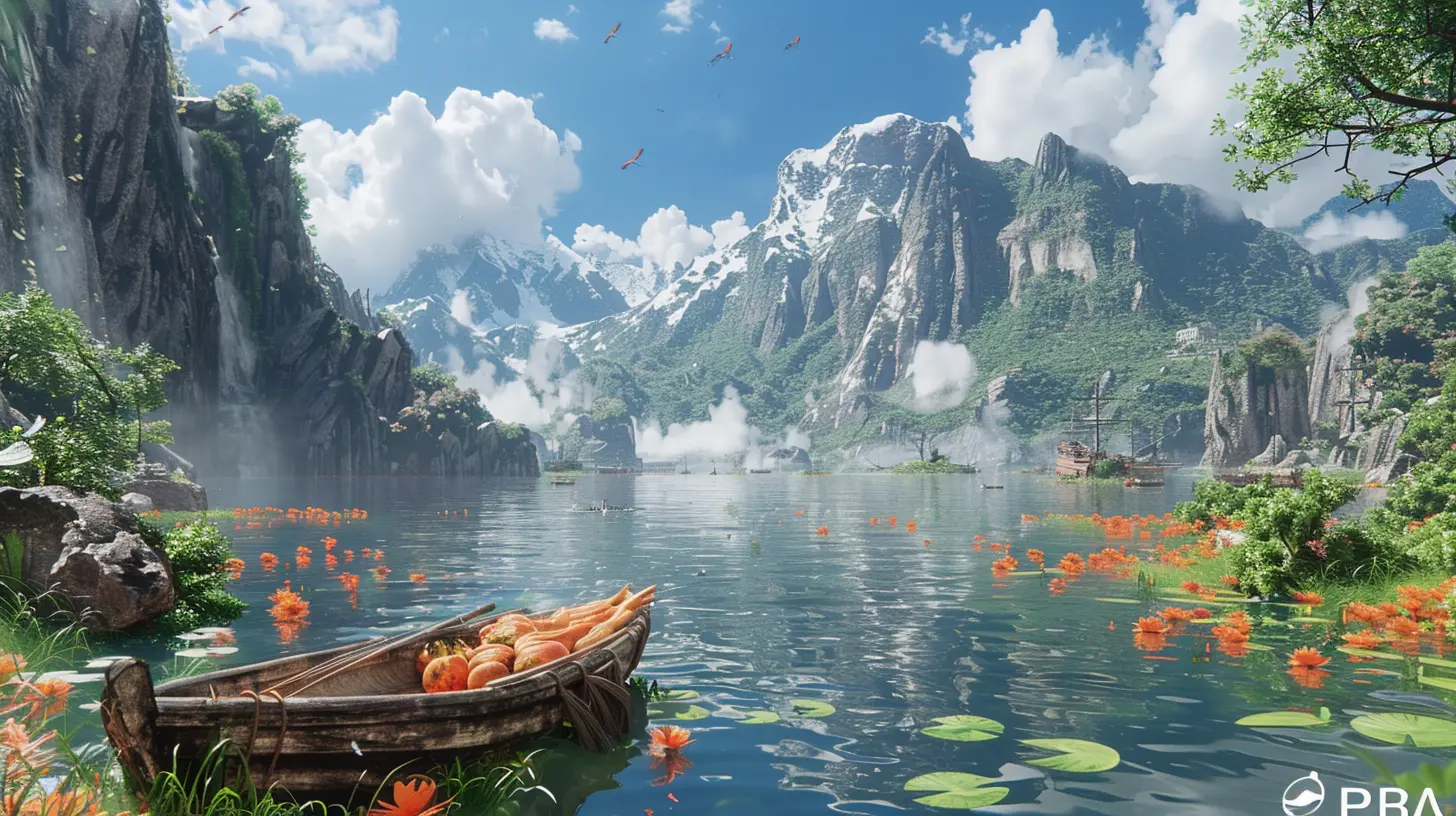
Why Would You Port Games Between Engines?
Before we dive into the nitty-gritty, let's address the big question: why would someone even want to port a game between engines? Isn’t it easier to just stick with the same engine you started with? Well, sometimes you're left with no choice. Here are a few common reasons:- Outdated Engine Limitations: The engine you originally used might lack the features or updates you need to expand your game. Maybe it doesn’t support certain platforms, or it's missing a vital feature like ray tracing or VR compatibility.
- Performance Boost: Some engines are better optimized for specific tasks. If your game is running slower than a turtle in molasses, changing engines could give it the shot of adrenaline it needs.
- Player Outreach: Porting to an engine that supports more platforms can help you reach a broader audience. For example, Unity or Unreal Engine might allow you to easily expand to consoles, PCs, and mobile.
- Better Tools and Support: Let’s face it—some engines have better documentation, larger communities, or just more robust tools. These perks can save you tons of time and frustration.
Whatever your reason, the process of porting a game between engines is no walk in the park. But don’t worry, we’ve got you covered.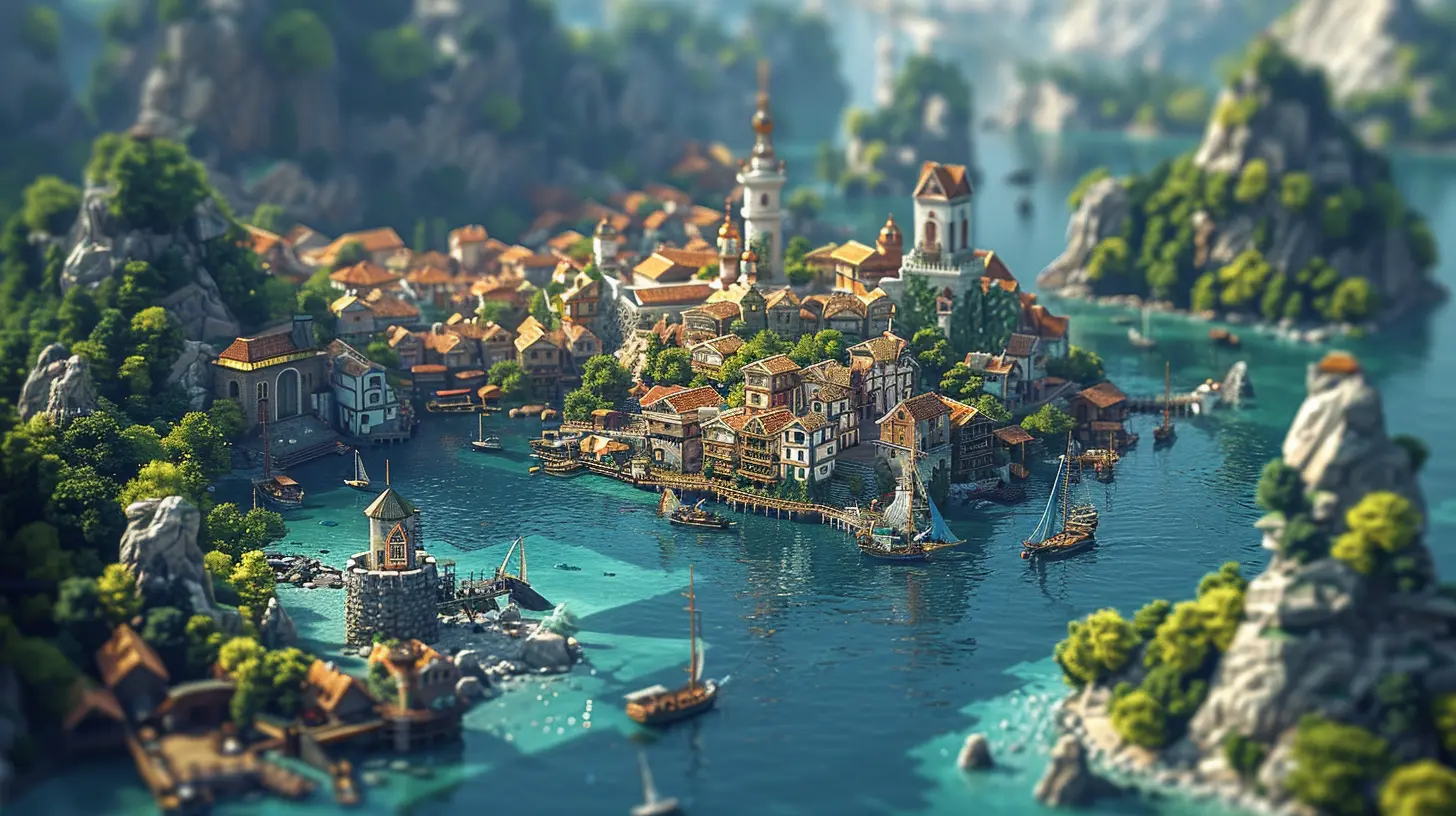
Step 1: Evaluate the Feasibility of Porting
First things first—ask yourself, "Is this even worth it?" Porting a game isn’t always practical, and sometimes starting from scratch can be the better option. So, assess the situation before committing hours (or weeks) of your time.Key Questions to Answer:
- Does the new engine support the platforms you’re targeting?- Does it have the features you need for your game mechanics, visuals, or performance?
- How compatible is your current game structure with the new engine? (More on this in a bit.)
- Will the benefits outweigh the time and effort involved?
Think of this step as planning a road trip. You wouldn’t start driving cross-country without checking the map, right? Similarly, mapping out your porting strategy will help you avoid unnecessary detours later.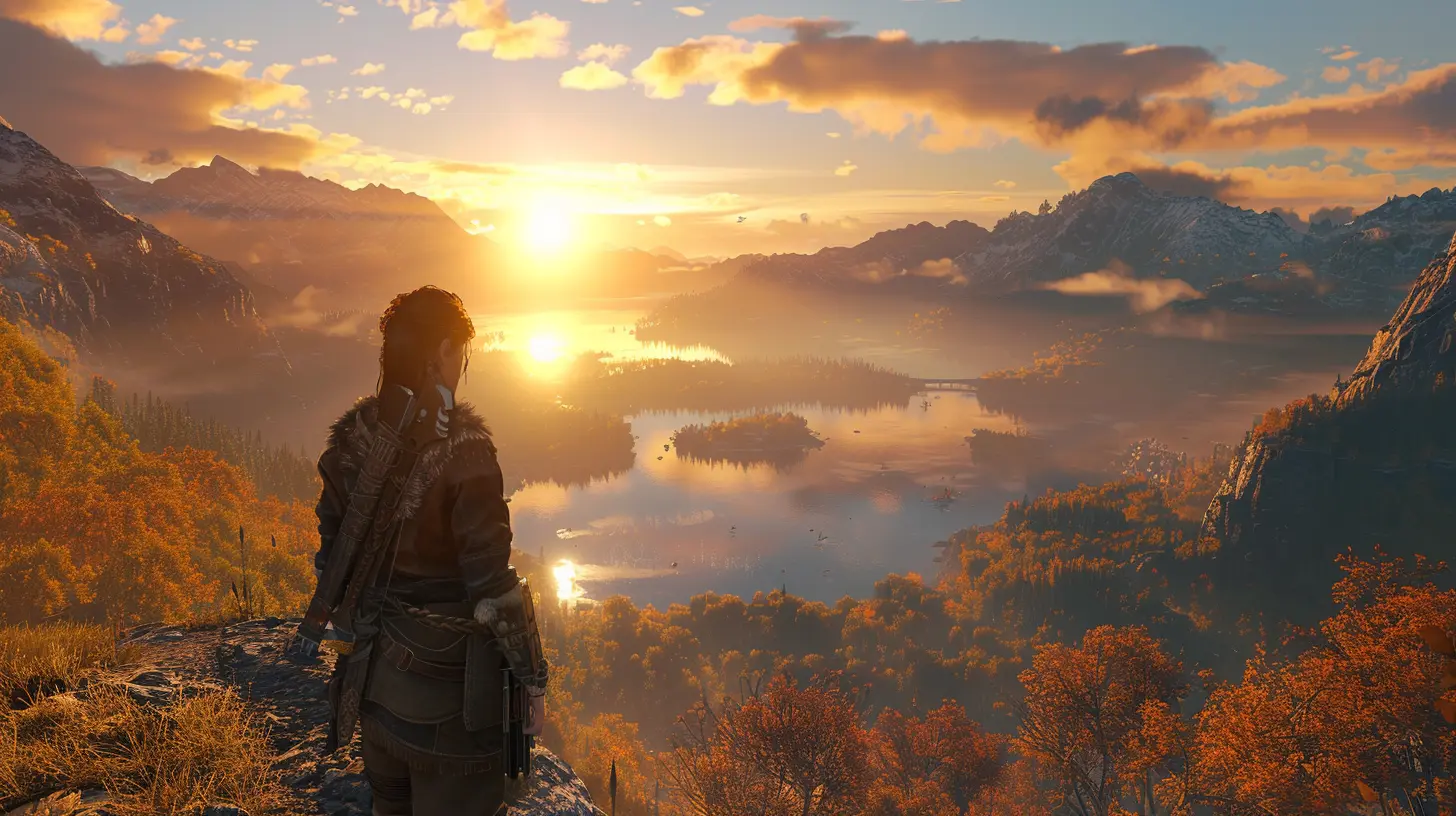
Step 2: Understand Your Current Game Structure
Porting a game isn’t just “copy-paste and hope for the best.” (If only it were that easy!) You need to dig into your game’s foundation and understand how everything fits together. Think of it like preparing to move houses—everything has to be packed up properly to make the transition smooth.Break Down the Game Components:
1. Game Logic: This includes your core mechanics, rules, and gameplay systems. Is your code tied to the current engine’s scripting language? If yes, get ready to roll up your sleeves because you’ll likely need to adapt or even rewrite parts of it.2. Assets: Your game’s art, audio, animations, and textures will need to be transferred. The new engine might require specific formats, so check for compatibility.
3. Physics and Collisions: Physics simulations (e.g., gravity, collisions) often work differently across engines. You’ll likely need to tweak values so your game doesn’t feel like it’s set on the moon when it’s not supposed to be.
4. UI and Menus: User interfaces can be particularly finicky. Even the placement of buttons can break when moving between engines, so pay close attention here.
By understanding these components, you can create a game "inventory" that will help you tackle the porting process systematically.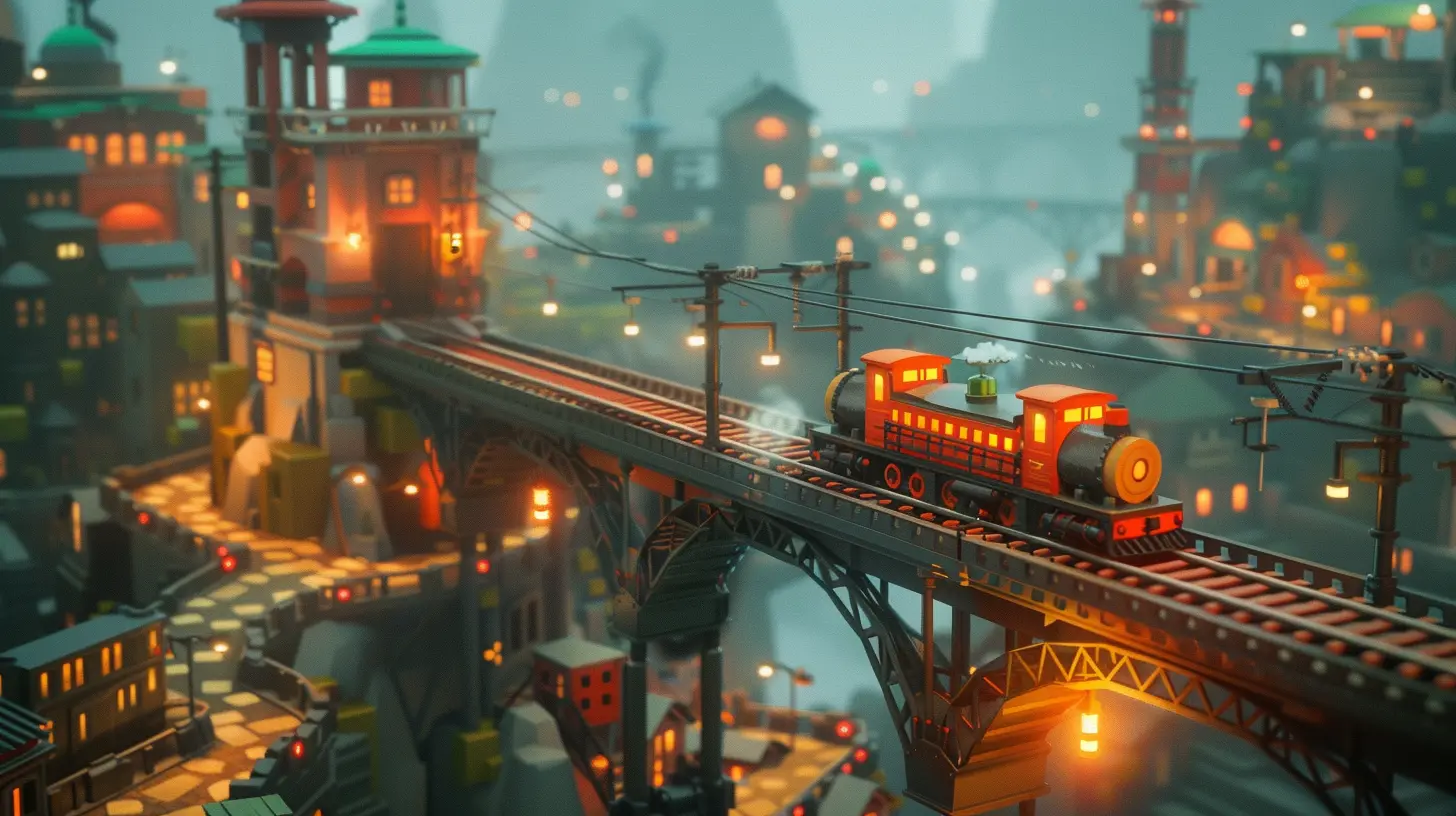
Step 3: Pick the Right Tools
Here’s a little secret: porting doesn’t have to be done entirely manually. There are tools out there that can help streamline the process (thank goodness for technology, am I right?). The tools you choose will depend on the engines you’re transitioning between and the complexity of your game.Useful Tools:
- Middleware: Tools like FMOD (for audio) or Spine (for animations) work across multiple engines, making it easier to port those specific components.- Export/Import Features: Some engines, like Unity and Unreal Engine, have built-in functionality to import models and textures easily. Study the documentation for both engines to see what's supported.
- Custom Scripts: If your game is highly customized, you might have to get a bit technical. Writing scripts to automate parts of the asset conversion process can save you a ton of time.
Just like using the right wrench for fixing a leaky faucet, having the proper tools for porting can make all the difference.
Step 4: Start Small and Test Early
You wouldn’t test a new recipe by cooking for 20 people on the first attempt, right? The same logic applies here: start small. Before porting your entire game, create a small prototype within the new engine. This lets you identify the quirks and challenges of the new environment without risking the integrity of your full project.What Should You Test?
- Core Mechanics: Focus on basic gameplay features first. Does the character move correctly? Do interactions work as intended?- Asset Importing: Try bringing over a few models, textures, and animations. If they work seamlessly, you’re on the right track.
- Performance: Check how the game runs in the new engine. Are there any noticeable slowdowns or issues?
Starting small gives you room to experiment (and mess up!) without jeopardizing the entire project.
Step 5: Adapt and Rebuild as Needed
Look, no porting process is perfect. Some things just won’t translate 1:1 between engines, and that’s okay. The key here is to stay flexible. It’s a bit like building IKEA furniture—you might have all the parts, but if you don’t follow the instructions or adjust when something doesn’t fit, you’ll end up with a wobbly chair.Common Snags (and How to Fix Them):
- Code Incompatibility: If your game scripts were written in an engine-specific language (like Unity’s Cor Unreal’s Blueprints), you may need to rewrite them in the new engine. Use this as a chance to clean up or optimize your code.
- Physics Weirdness: Physics engines can behave differently, even with identical values. Be prepared to adjust parameters until everything feels just right.
- Missing Features: If the new engine doesn’t support a specific feature from the old one, look for workarounds or plugins to fill the gap.
Patience is your best friend during this stage. Keep tweaking, adapting, and testing until everything clicks.
Step 6: Optimize for the New Engine
Once you’ve got everything up and running, it’s time to optimize your game for the new engine. Think of this as giving your game a fresh coat of paint—it’s still the same game, but now it’s polished and ready to shine.Optimization Tips:
- Update Textures: If the new engine supports advanced lighting or rendering techniques, consider updating or improving your textures to take full advantage.- Tweak Audio: Sound settings might need adjusting to ensure optimal quality in the new engine.
- Optimize Performance: Use the new engine’s profiling tools to sniff out any performance bottlenecks and give your game that silky-smooth framerate.
Step 7: Test, Test, and Test Some More
Finally, test your game rigorously. Play it, break it, and make sure it performs well across all intended platforms. Porting is an iterative process, and this stage ensures you iron out any lingering issues before release.Final Thoughts
Porting games between engines isn’t a cakewalk, but with a strategic approach, it’s totally doable. Think of it as an opportunity to give your game new life—like moving into a bigger, fancier house with all the room you’ll ever need. Sure, the process takes time and effort, but the end result is often well worth it.Remember: start by understanding your game’s structure, plan your tools carefully, and be ready to adapt as needed. And don’t forget to test along the way—it’s the secret sauce that turns a good port into a great one!
all images in this post were generated using AI tools
Category:
Game EnginesAuthor:

Avril McDowney
Discussion
rate this article
3 comments
Sage Wheeler
This article effectively highlights the critical challenges and strategies in porting games, emphasizing the need for adaptability and engine-specific optimizations.
June 1, 2025 at 4:09 PM

Avril McDowney
Thank you for your feedback! I’m glad you found the article insightful on the challenges and strategies in game porting.
Fay McFarlin
This article provides valuable insights into the complexities of porting games between different engines. It emphasizes the importance of understanding engine architectures, optimizing asset workflows, and maintaining game integrity. Developers will benefit from the practical tips shared, enhancing their ability to adapt and refine their projects across diverse platforms.
May 29, 2025 at 4:35 AM

Avril McDowney
Thank you for your feedback! I'm glad you found the insights on engine architectures and asset workflows helpful for game development.
Xavi Jimenez
Great insights on engine portability! Clear guidance helps developers streamline their game transitions effectively.
May 25, 2025 at 5:01 PM

Avril McDowney
Thank you! I'm glad you found the insights helpful for streamlining game transitions.

